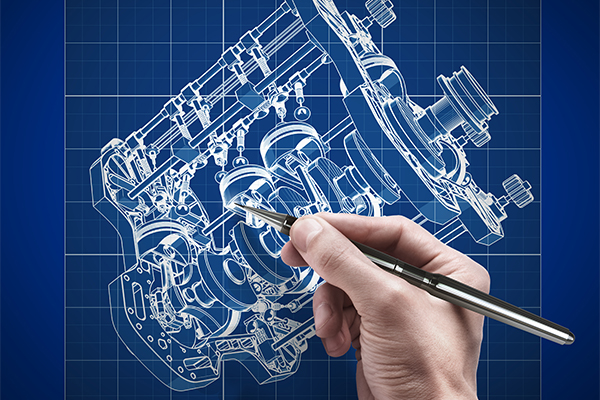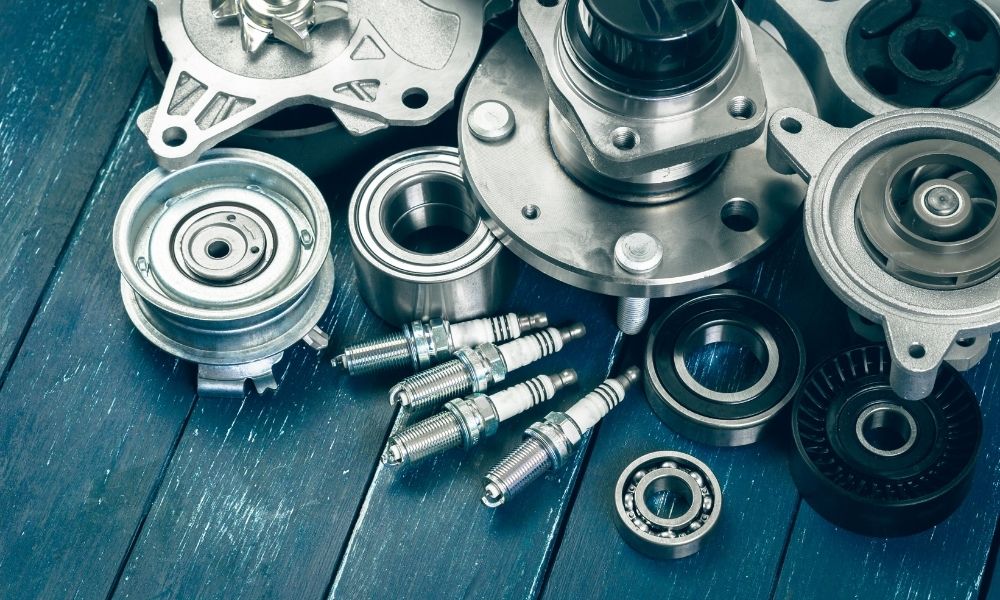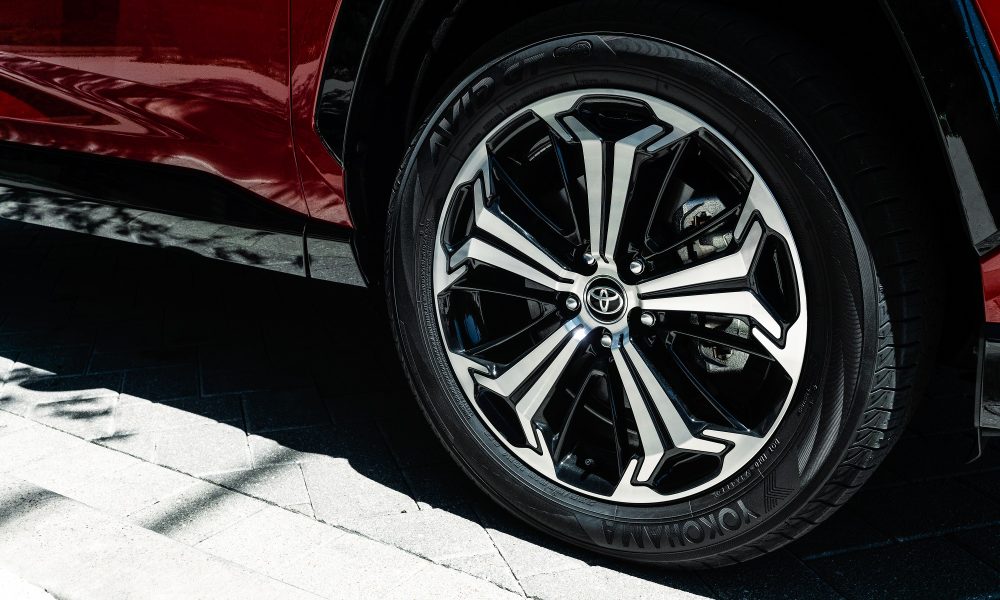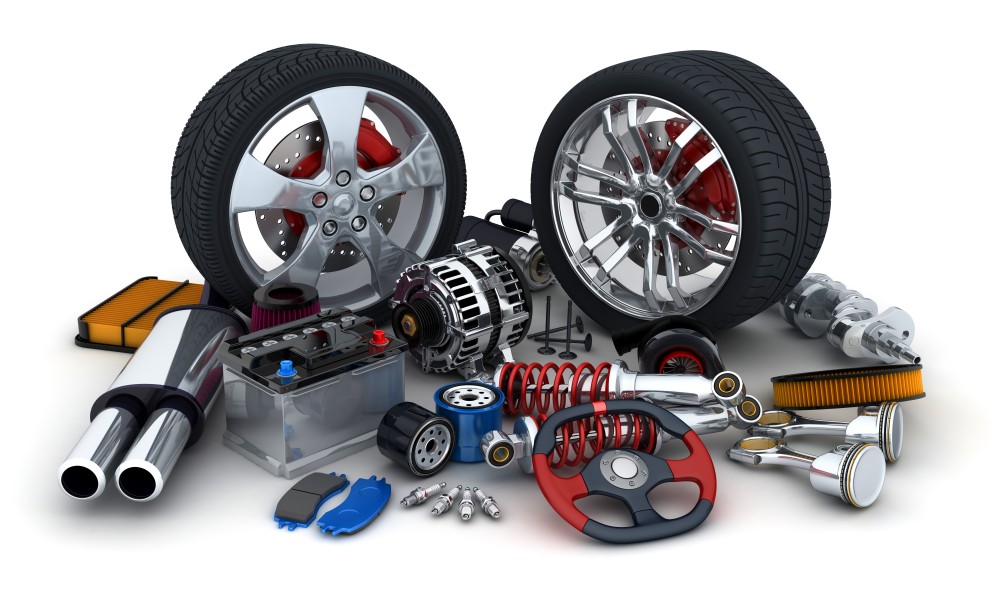The automotive industry has seen a significant shift in the way it designs and produces parts. The rise of 3D printing has revolutionized the industry, offering a faster, cheaper, and more efficient way to create parts. 3D printing, also known as additive manufacturing, allows for the creation of complex parts without the need for expensive tooling or molds. This technology has become increasingly popular in the automotive industry, with manufacturers utilizing 3D printing to create everything from chassis components to engine parts.
Benefits of 3D Printing in the Automotive Industry

One of the primary advantages of 3D printing is the ability to create complex parts that would be difficult or impossible to produce using traditional manufacturing methods. This is particularly useful in the automotive industry, where many parts require intricate designs to meet specific performance requirements.
Another advantage of 3D printing is the ability to produce parts quickly and at a lower cost than traditional manufacturing methods. This is because 3D printing eliminates the need for expensive tooling, molds, and assembly lines, reducing the cost and time required to produce parts. Additionally, 3D printing allows manufacturers to produce parts on demand, reducing the need for inventory and storage space.
Examples of 3D Printing in the Automotive Industry
The use of 3D printing in the automotive industry is rapidly increasing, with many manufacturers already utilizing the technology to create a range of parts. For example, Bugatti has used 3D printing to produce the brake calipers on its Chiron supercar, which are one of the most critical components of the braking system. The use of 3D printing allowed Bugatti to create a lighter and more durable brake caliper than would have been possible using traditional manufacturing methods.
Another example of 3D printing in the automotive industry is Local Motors, a company that specializes in the design and manufacture of custom vehicles. Local Motors uses 3D printing to produce a range of parts, including chassis components, body panels, and interior components. The use of 3D printing allows Local Motors to create unique and personalized vehicles for its customers, without the need for expensive tooling or molds.
The Future of 3D Printing in the Automotive Industry
The use of 3D printing in the automotive industry is expected to continue to grow, with many manufacturers investing in the technology to produce a range of parts. As the technology advances, it is likely that 3D printing will become even more widespread in the industry, with manufacturers using it to produce larger and more complex parts.
One area where 3D printing is expected to have a significant impact is in the production of electric vehicles (EVs). EVs require a range of specialized components, many of which are difficult to produce using traditional manufacturing methods. 3D printing offers a cost-effective and efficient way to produce these components, making it an ideal solution for EV manufacturers.
The rise of 3D printing in the automotive parts industry has revolutionized the way parts are designed and produced. The technology offers a range of benefits, including the ability to create complex parts quickly and at a lower cost than traditional manufacturing methods. As the technology continues to advance, it is likely that 3D printing will become even more widespread in the industry, with manufacturers using it to produce larger and more complex parts.




